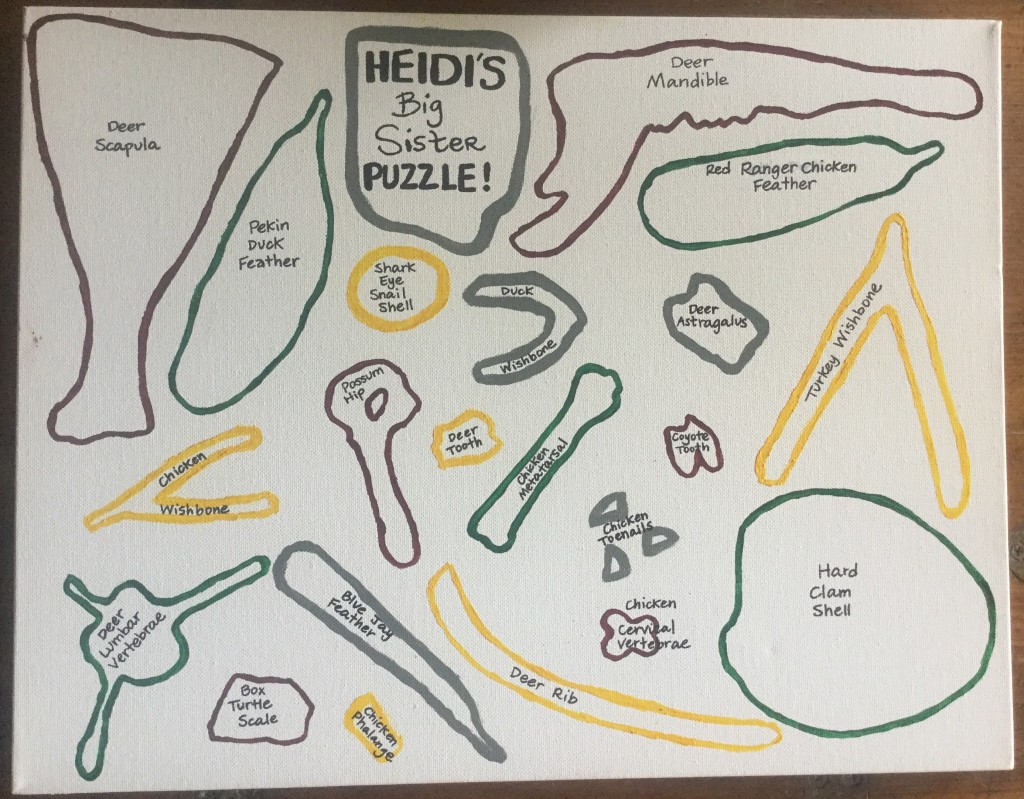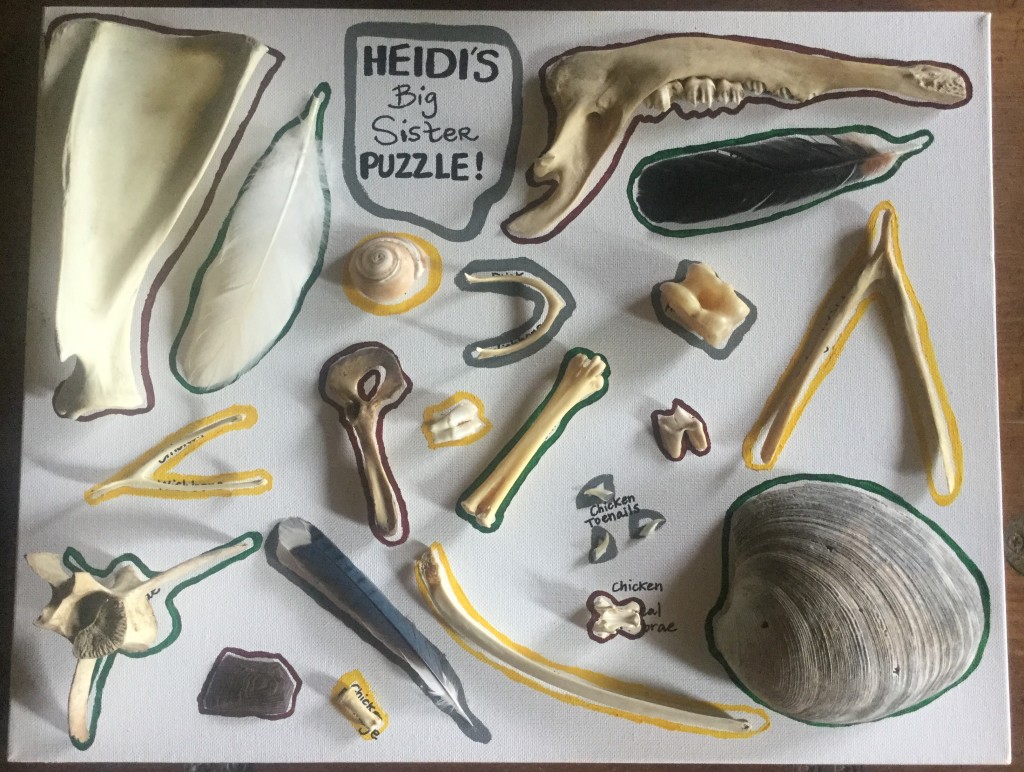With our 2 year wedding anniversary coming up tomorrow, I’ve been thinking a lot about what it means to be a homesteader, to raise a family, and to believe that our land carries spiritual and cross-generational significance.

Our wedding day, on our land. Photo by Jenny Tenney Photography.
Plenty of young farmers our age (30 & 26… Oh yeah, I married a young one!) inherited their land from their parents or even grandparents, on down the line. We did not. We both grew up in cities, with varied experiences of what land, nature, and farming meant. My parents raised chickens and the best veggies you could ever hope to find, as we went hunting, swimming, and camping on land we owned beginning when I was 12 or so. My father grew up a country boy and taught us how to kill and gut our first chicken (how long ago that seems now). Jason’s family has two folds: a maternal side that hails from the tropical beauty and abundance of Puerto Rico, where fruits and other crops grow in backyards and chicken go wherever they please, and a paternal grandfather who always hoped to be a farmer but whose allergies assaulted him every time he tromped through the bushes.
This is our lineage.
I used to feel a bit sad when I read about other farms being Fifth Generation, or any other awesome, unbroken number of generations. I would think about the legacy that, despite the reality of precarious land inheritance, these families continue and carry with them everyday. Both the maternal and paternal sides of my family have memory of family land that for some sad reason or another was lost to the family history, either through development, the Depression, or family disputes. I wager that you have a similar history in the living memory of your family. Just ask your oldest uncle and see.
But although this family land was loved and lost and is now just a memory, it doesn’t detract any value from the land we love and live on now. Jason and I are building a legacy, however long or short-lived it may be, one that we hope our children will love as much as we do. We believe that this legacy will stand the test of time because we are tied to the land, but more importantly, because of what the land means to us.
Our land means life. It means meat and vegetables raised in the healthiest possible way. It means medicine. It means joy watching the leaves change and the pigs farrow and the cows calve. It means memory. Yes, already there is memory here. The trees speak of it and earth remembers. The patch of ground where we said our vows and committed our lives to each other remembers and reminds us. Sacred ground where animals have bled, we have also bled. We use the earth but it also uses us. It takes over our old things, and conquers even the toughest changes we make. And we speak back to it, and ask to use this space for a while, to carve out a place for our children, and our children’s children, and beyond. This land will always be here, until the end of the earth. It will change and morph and gather new history once we are gone, but it will still remember.
Our land is our life. We work on it, live on it, love on it, and one day we plan to die on it. It is the full circle that after two years we have already come to see as what unifies us in all things.
And so even though we start fresh in this land, as First Generation farmers, we are also so much more. We are Future Generation Farmers. We create now what we hope will support and care for our grandchildren, and theirs. We give as much life as we can in all that we do. It’s a fair trade, because we certainly take as well.
It our most sincere hope that this land will hold a place in the genetic memory of our babies. Science recognizes that the unique microbes existing in certain locations colonize and proliferate inside the bodies and digestive tracts of animals living there (contributing to immunity). So our children (and ourselves) will have a very real biological connection to this place, to these humble and bountiful 16 acres. To me this is epic. An epic connection to an epic place, called home.
Two years ago when I said my vows to Jason, I promised many things. He spoke to me of the memories we’ve already made on this land, and what we’ve lost and what we’ve gained. I said these words then, and I will say them again and forever mean them:
“I will always love you. Until I do not live. Until our children are all that is left of us, I will love you.”
And when the time comes that our children are all that is left of us, this land will live on, through them. This land, and the two farmers who lived their lives on it, will carry on.
.:.









